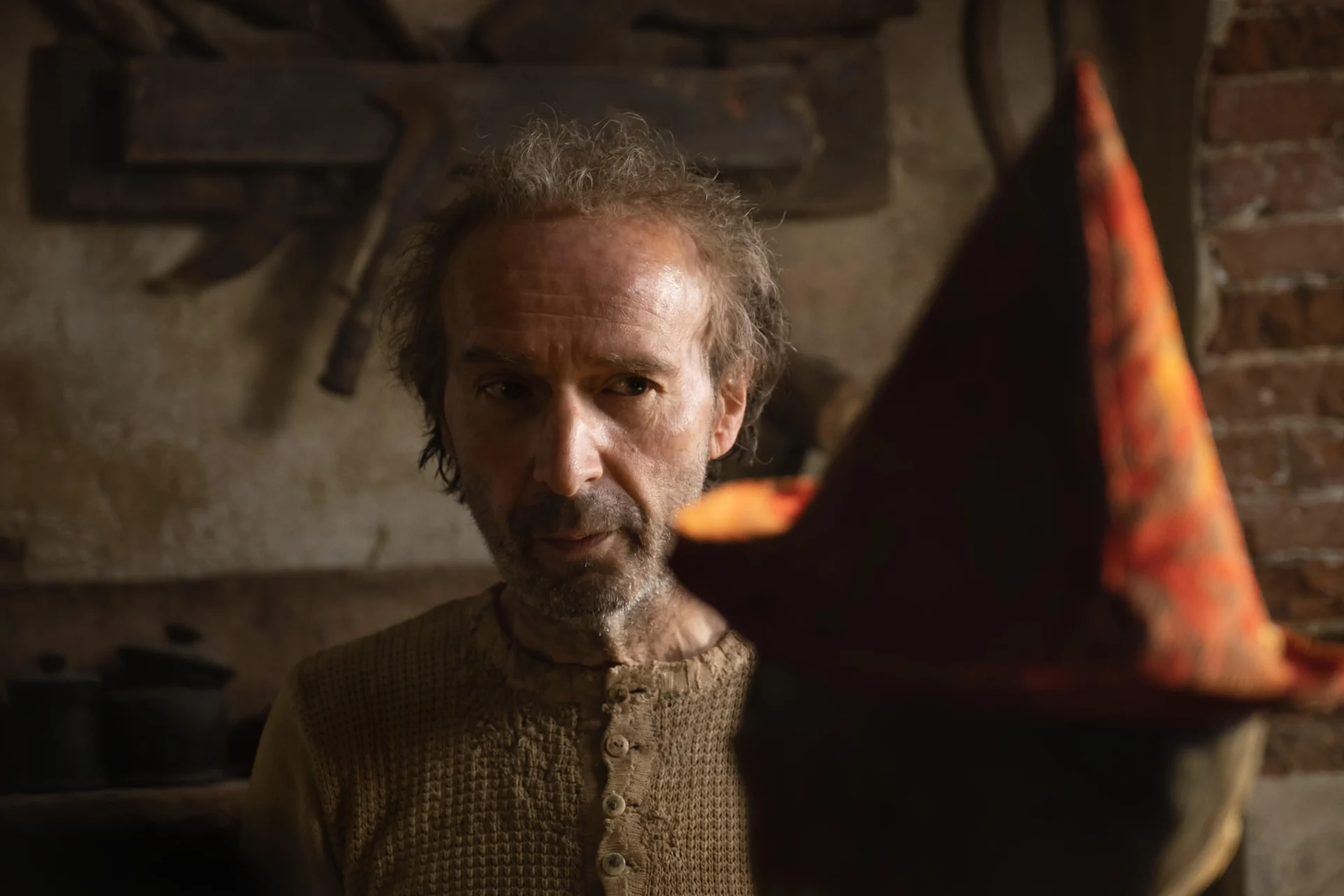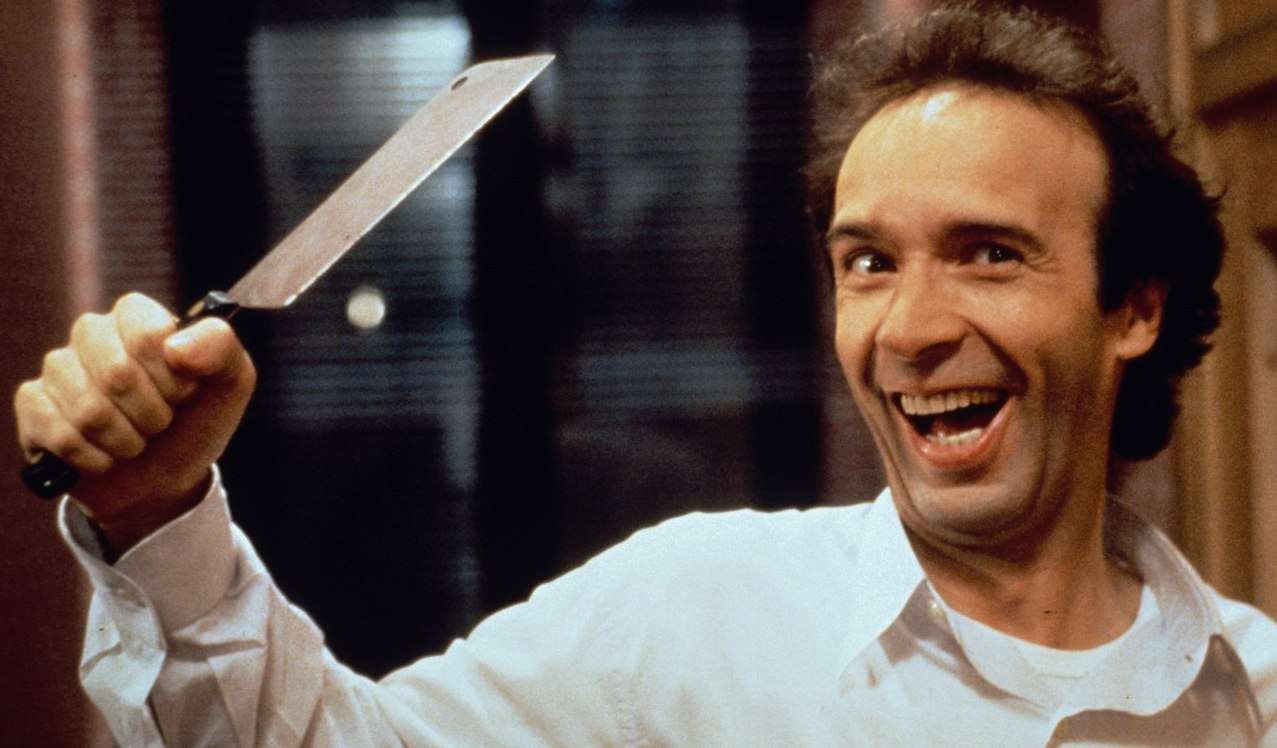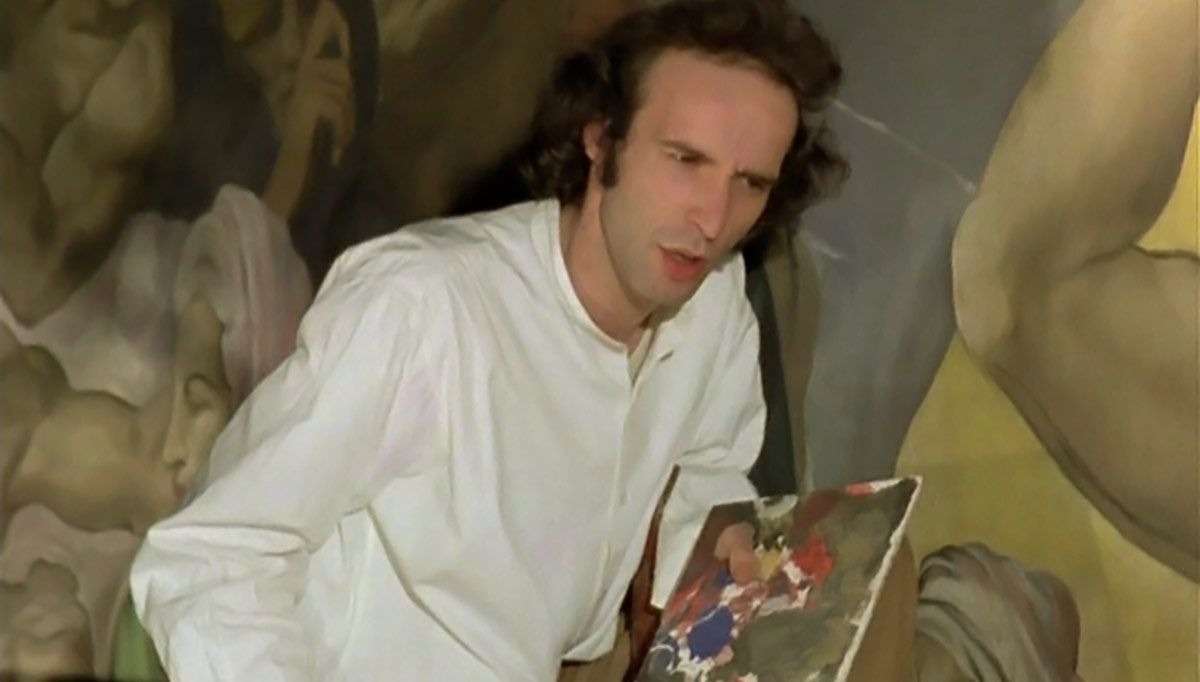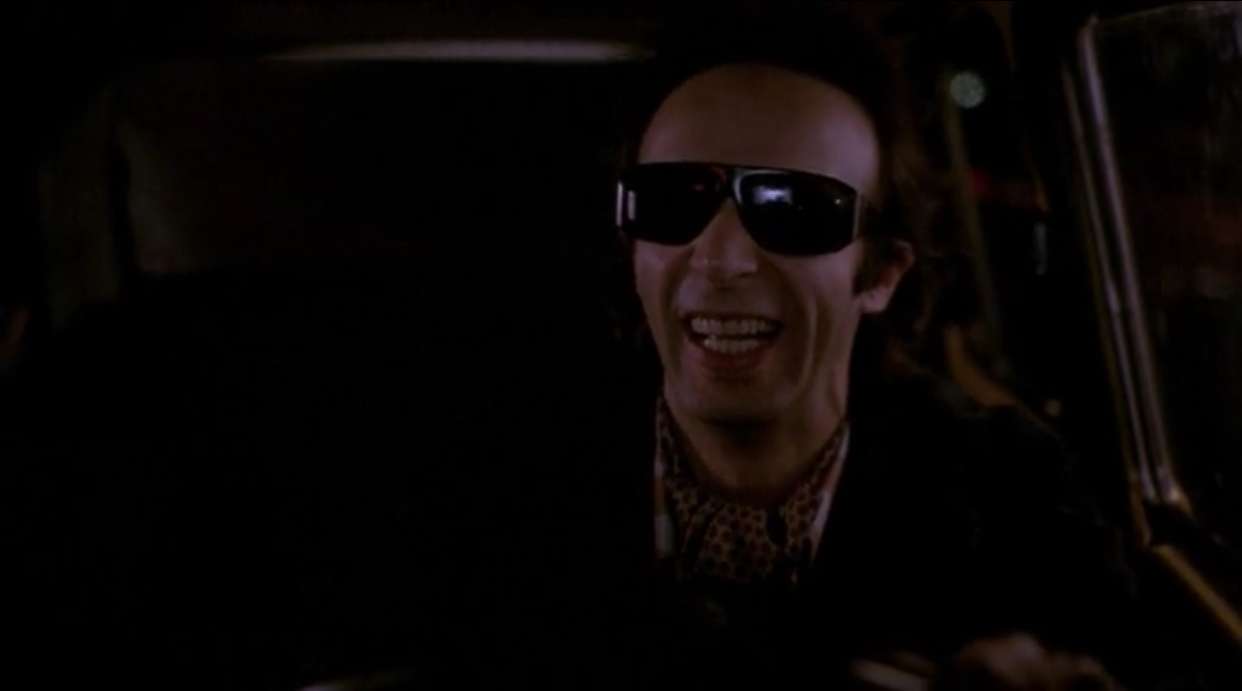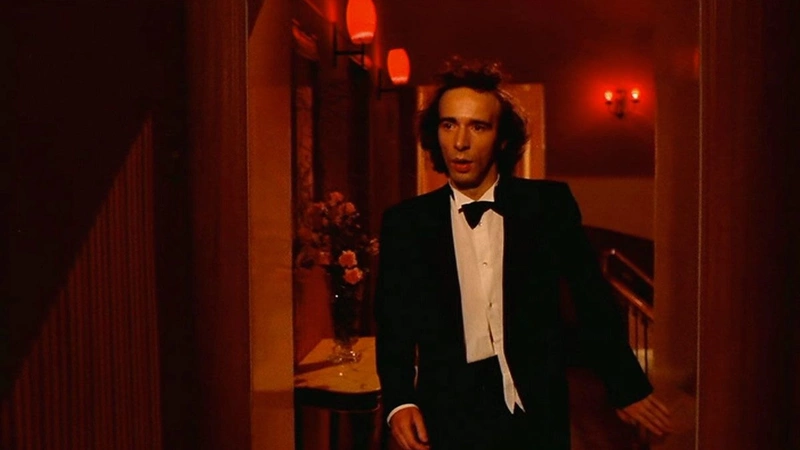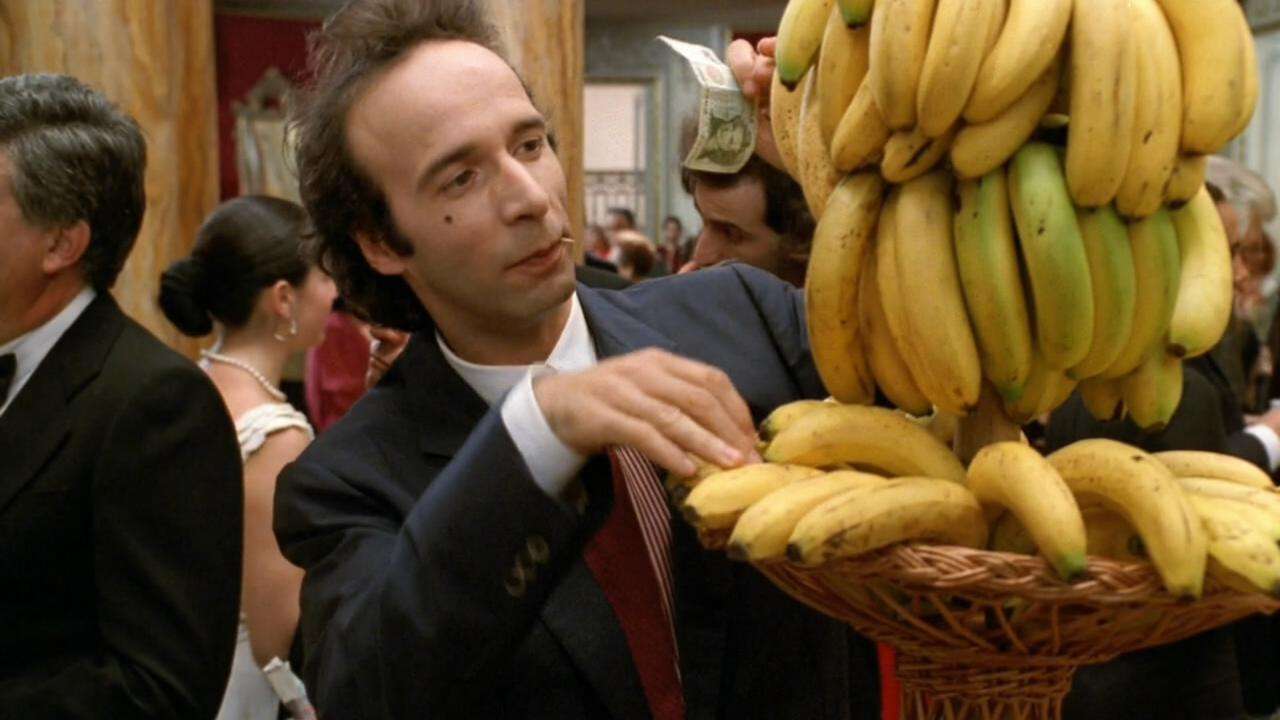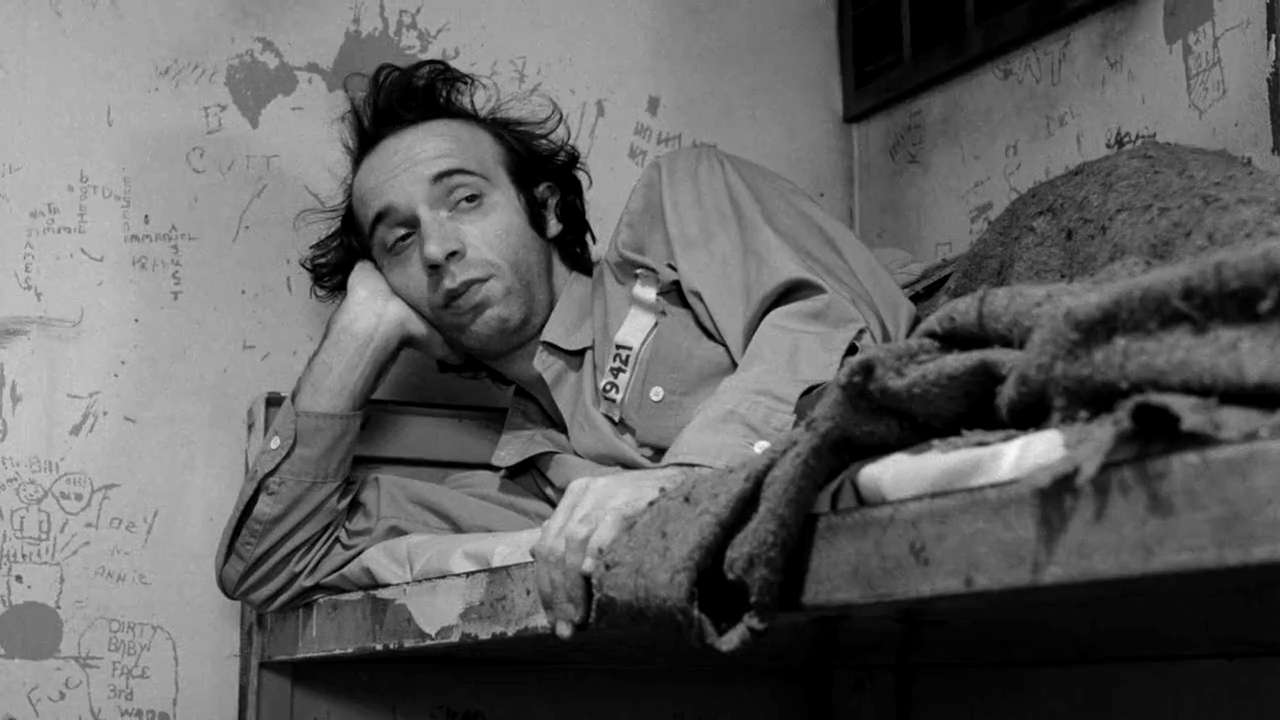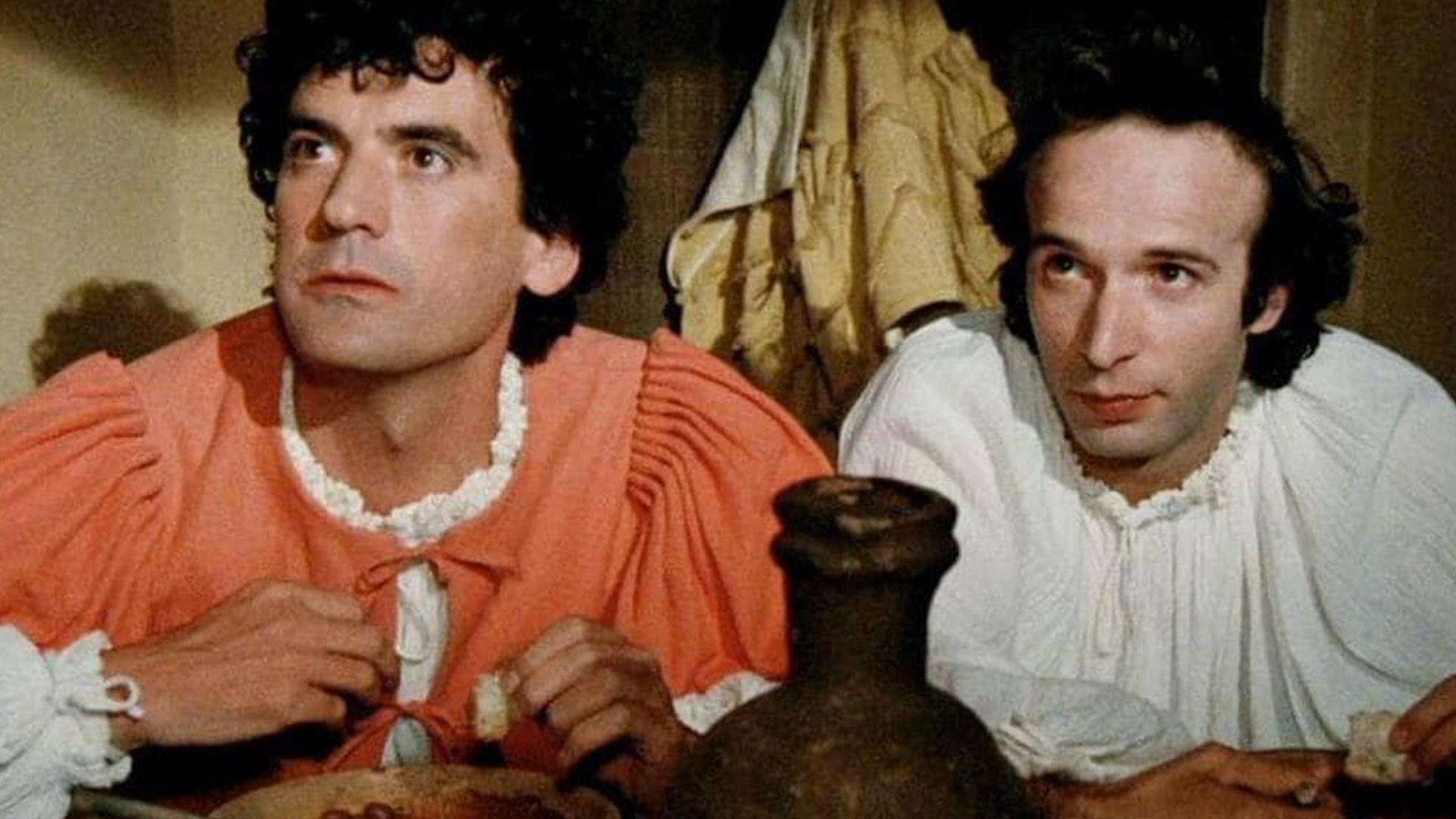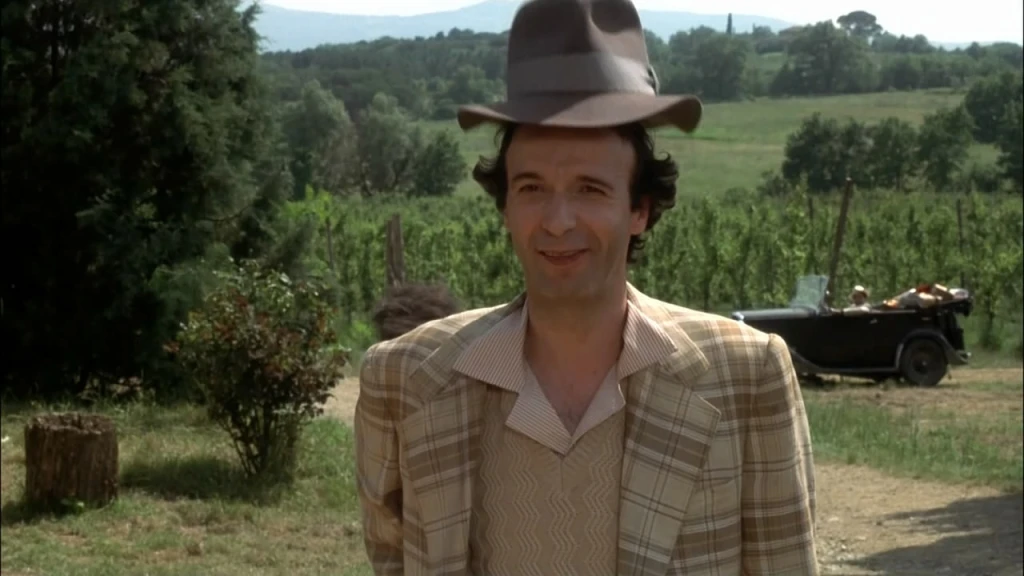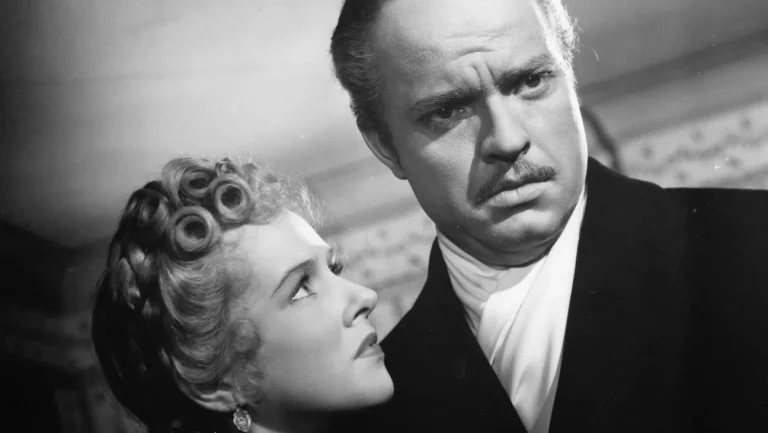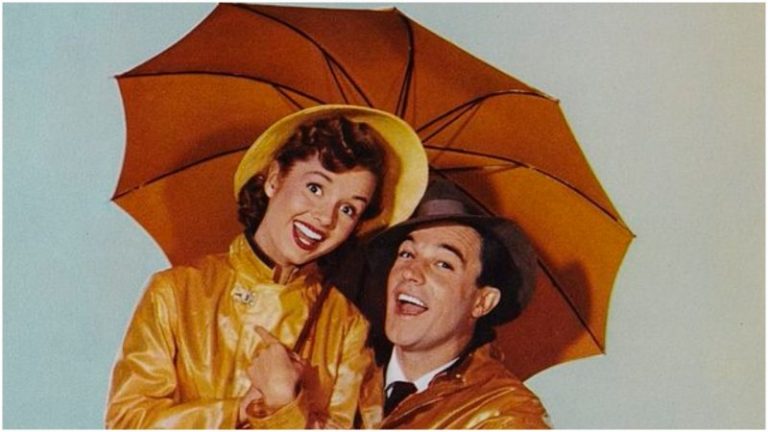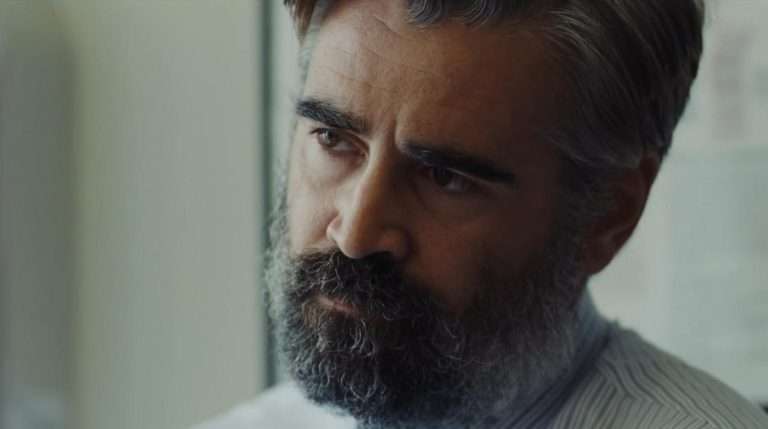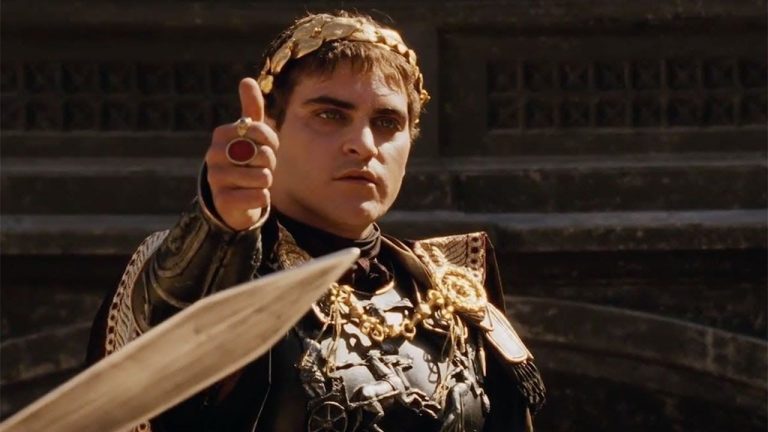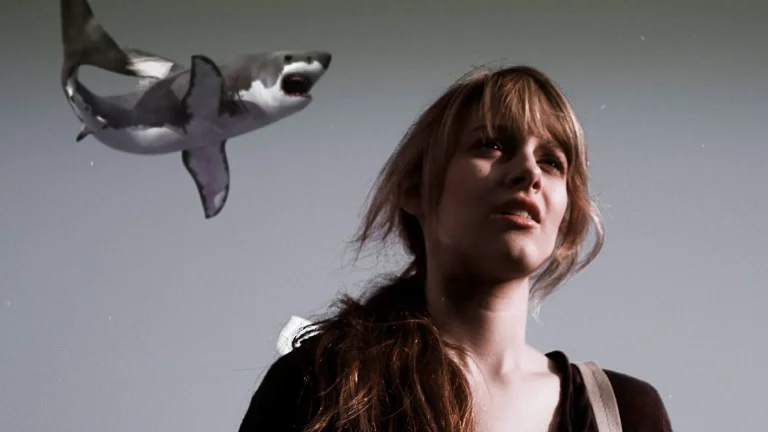“Be happy, and if sometimes happiness forgets about you, you do not forget about happiness.” – Roberto Benigni, from a 2011 speech.
Roberto Benigni, comedian, actor, director, and screenwriter, is one of the best-known Italian artists on the global scene. Since his debut as a theatrical monologue performer, he has earned numerous awards, including the Academy Award for Best Actor and the Academy Award for Best Foreign Language Film, both received in 1999 for the movie ‘Life is Beautiful.’ Additionally, he was awarded the Golden Lion for Lifetime Achievement at the 78th Venice International Film Festival.
First positioning himself as an inconvenient and niche character, Roberto has become not only a signature artist of Italian culture but also a symbol of the zest for life that has always characterized him. As difficult as it is to sort through his best screen performances, it is interesting to reflect on how each one reflects his transformation and artistic maturation. In a career marked by recurring collaborations (in particular with his wife Nicoletta Braschi, who starred alongside her husband in no fewer than nine features), the artist was able to experiment among different forms of comedy, from the turpiloquy of his early days with Bertolucci to the subtle irony of Fellini. It, therefore, becomes a fine tribute to examine, if not the best, the ten performances that most represent his artistic journey.
10. Pinocchio (2019)
In Pinocchio, by Italian director Matteo Garrone, Roberto Benigni plays for the second time a Collodian character, in this case, the one of Geppetto. The film is based on the popular novel ‘The Adventures of Pinocchio’ by Carlo Collodi, of which it offers a faithful transposition. It’s a much-loved story by Benigni as the artist had already played Pinocchio in a previous adaptation he directed but to little public nor critical acclaim. Garrone’s Geppetto is an extremely poor carpenter who, hoping to earn some money by holding puppet shows, decides to build a wooden puppet.
When the puppet comes to life, he abandons the idea, eager to raise it as his own son. Benigni’s performance of Geppetto is a genuine portrayal in which his most poetic side stands out: a portrait of a father who tries, despite few resources, to raise his child as best he can and make him feel loved. In his latest film performance, Roberto succeeds perfectly in capturing the character’s melancholy, kindness, and gentleness. Although the movie comes across as cold in certain respects, it is precisely in the character of Geppetto that manages to fill itself with the warmth proper to the story of the stringless puppet. It is also a representation (as pointed out by Garrone) of Benigni’s most powerful ability, that of not simply entertaining but, above all, being able to move all kinds of viewers.
9. The Monster (1994)
The Monster is a movie directed and interpreted by Benigni based on a screenplay co-written with Vincenzo Cerami. Roberto plays Loris, an unemployed man who resorts to constant gimmicks to survive. Clumsy and partially antisocial, almost all of his behavior deviates from the normality of what is acceptable by modern society. In combination with a series of misunderstandings, he becomes the main suspect in a series of murders committed in the Roman suburbs (the film’s title is, in fact, a reference to the case, highly famous in Italy, of the “Monster of Florence”).
Aiming to bring him out into the open, the beautiful policewoman Jessica (Nicoletta Braschi) is hired to provoke him and expose his alleged toxic nature. The Monster is a classic Benigni comedy, an irreverent and mischievous mosaic of misunderstandings, and several of its gags might be unacceptable according to the yardstick of contemporary sensibilities. Loris’ performance, however, remains a satirical and lighthearted example of the artist’s most controversial comedy, balancing the revolutionary and the outrageous.
8. In the Pope’s Eye (1980)
Following the first collaboration in the television program ‘L’altra domenica’ in 1978, Benigni participated in the first film direction of musician and host Renzo Arbore. Based on a screenplay by Arbore and Luciano De Crescenzo, In the Pope’s Eye is a demented comedy in which the director, who plays himself, is commissioned by Pope Giovanni Paolo II (Manfred Freyberger) to run the nascent Vatican state television. In an attempt to forestall the pope’s move toward modernity, a traditionalist prelate hires Benigni (also playing himself) as a modern-day Judas, called upon to sabotage the project from within.
In The Pope’s Eye, being among the artist’s first acting performances, is a perfect example of his early comic style: rebellious, incorrect, and with a solid social subtext that continuously alludes to the political landscape of the time. The actor’s unrestrained monologue in front of Michelangelo’s Last Judgment, in an almost desecrating role, remains particularly memorable. Another curious aspect is the cameo in the film by Martin Scorsese (then married to Isabella Rossellini) among the spectators at the premiere of the new Vatican TV.
7. Night on Earth (1991)
Night on Earth is Benigni’s third collaboration with his friend Jim Jarmusch, an American director he met in the late 1980s. The film, directed and scripted by Jarmusch, is divided into five episodes. Each corresponds to a city ( in the order of Los Angeles, New York, Paris, Rome, and Helsinki) and an emblematic nighttime cab ride. In the fourth episode, ‘Rome,’ Roberto plays the role of Gino, a reckless and annoying Tuscan taxi driver who lacks respect for the rules of the road. Upon getting into his cab at 4 a.m., Gino improvises a scabrous confession to a priest (Paolo Bonacelli), unintentionally and comically leading the priest to a heart attack.
The performance reworks some shades of Benigni’s comedy in his early days, particularly his hilarious yet thematically grotesque rant. In his umpteenth troublesome role, Benigni’s pondered folly and exuberance amalgamate in a project with intentionally discrepant tones between episodes. Despite the structural complexity, the comedian succeeds in embracing the film’s delicate thread: the attempt to portray, through brief encounters, seemingly insignificant but, at the same time, exemplary, subtle truths peculiar to Western contemporaneity.
6. You Upset Me (1983)
You Upset Me is the first film in which Roberto Benigni serves as director as well as principal actor. Scripted in collaboration with his friend Giuseppe Bertolucci, the film is divided into four main chapters. In each of them, he plays Benigno, a character that’s a mix between the artist’s rebellious nature and his trademark optimism and candor. Remaining constantly over the top, in each of the four gags, Benigni confronts the concept of God and its declinations. As he will increasingly do in his future filmography, Roberto tackles sensitive and uncomfortable issues without losing his irrepressible gab and energy.
He first ventures into the role of a shepherd who is asked to babysit a baby Jesus, to the husband of an angel descended from heaven, and to a poor man exasperated by the Italian banking system (an episode in which the bank manager incorporates the deity figure). The most iconic rendition remains the last one, that of the soldier on guard at the Vittoriano (an Italian national monument). The episode is almost entirely held up by a (semi) monologue in static grip by the actor, which climaxes with the demonstration of God’s existence.
Related to Best Roberto Benigni Performance: 25 Best Oscar Winning Performances (Female)
5. The Voice of the Moon (1990)
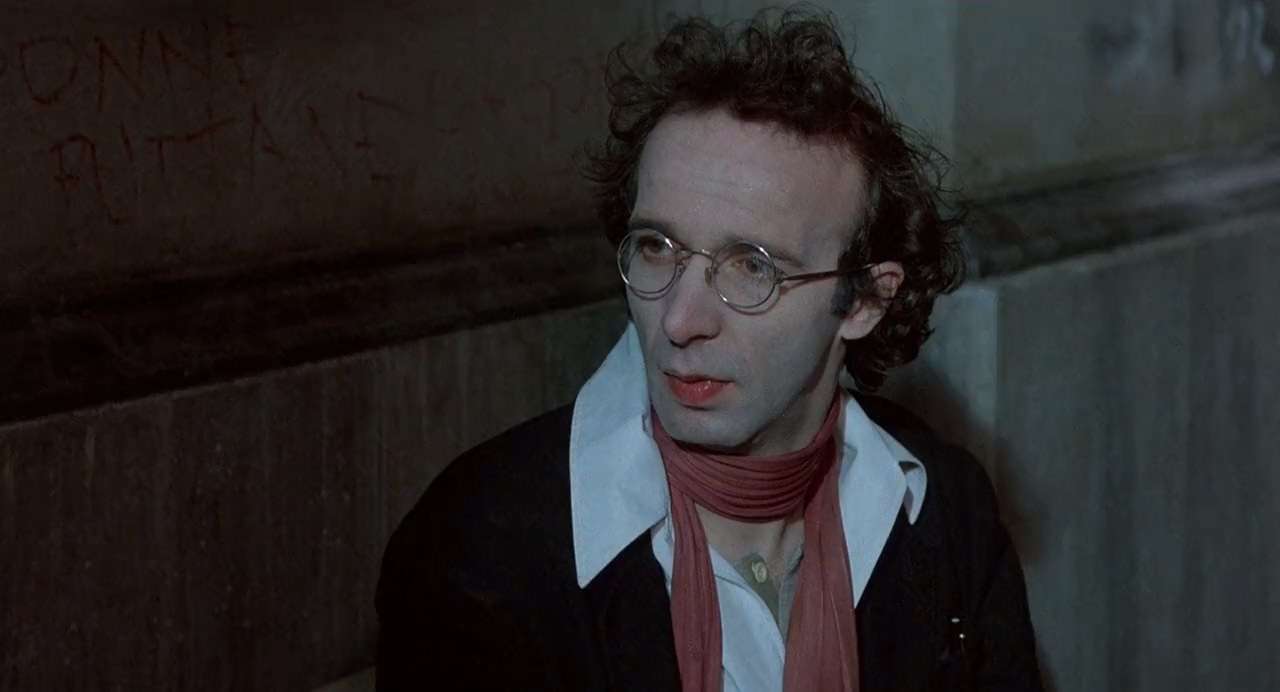
Ivo Salvini is a mild and melancholy man who spends his nights wandering in the fog, chasing voices from wells in a world suspended between dream and reality. The Voice of the Moon, the last directorial work of the master of Italian cinema Federico Fellini, is also the first feature film in which Benigni lowers the tone of his portrayal. He takes on the role of a character with more subdued and poetic traits. The film (also described as a cinematic tale) is based on Ermanno Cavazzoni’s ‘Il poema dei lunatici’ and is co-written by Fellini, Ermanno Cavazzoni, and Tullio Pinelli. The Voice of the Moon is an ode to the poetic charge of a decadent imagination symbolized by the nocturnal star.
Set in the rural setting of the province of Bologna, the film follows Ivo, played by Benigni, as he moves through a disordered world where he encounters strange and wild characters, most notably Prefect Gonnella (Paolo Villaggio), a man on a perpetual quest to avert imaginary plots. In an increasingly noisy and chaotic world, the image of the moon is here understood as the increasingly marginalized quality of dreams, poetry, and silence. Roberto’s delicate performance, committed to a completely unprecedented role, consolidates the interpretive and poetic depth that will find its fullest expression in his following films.
4. Johnny Stecchino (1991)
In Johnny Stecchino, which he directed, wrote, and starred in, Benigni plays a double character. The first, Dante Ceccarini, reprises the comic template of his first directorial effort, You Upset Me. A boisterous but good-hearted man, Dante is a school bus driver for physically challenged boys. He has a habit of stealing bananas from greengrocers while continually running into minor misunderstandings. Dante is opposed by Johnny Stecchino, a repentant mobster with whom he shares a striking resemblance. Maria, Johnny’s wife ( once again played by Nicoletta Braschi), after a chance encounter, seduces Dante, planning to have him executed by the Mafia in place of her husband, who is now considered a traitor.
If Dante is naïve, romantic, and careless, Johnny echoes the stereotype of the gangster: a mean person with a distorted view of masculinity and family. The comedy of misunderstandings and paradox is reworked into a social satire portraying Italian society’s dishonesty, corruption, and superficiality. While doubling as two characters, Benigni manages to be hilarious once again, both in his characterization of the clueless Dante and the macchietistic (cartoonish) Johnny.
3. Down by Law (1986)
The role that established Benigni internationally is that of Bob, played in his first collaboration with Jim Jarmusch. Down by Law follows the arrest and escape of three Louisiana convicts, focusing mainly on their interactions. If disc jockey Zack (Tom Waits) and pimp Jack (John Lurie) embody characters that respond to the film’s noir archetypes, Bob (Roberto Benigni) contrasts with them in an intentionally exasperated fashion. Ironically, it is Bob, an Italian tourist with a very limited knowledge of English, indicted for accidental murder, and with a constant need to move and communicate, serves as the glue to bring together the unlikely trio.
He is not only the character who conceives and implements the escape plan but also the one who most keeps alive the collaboration of Zack and Jack, who initially have little sympathy for each other. Benigni turns out to be perfectly convincing in a project seemingly distant from him, also managing to transpose his irrepressible comic verve into an English-language film. Down by Law has become a modern cult favorite, thanks partly to Robby Müller‘s masterful black-and-white cinematography, offering one of the artist’s most appreciated performances aimed at a global audience.
2. Nothing Left to Do but Cry (1984)
Second among Benigni’s most iconic performances is that of Saverio in the 1984 film Nothing Left to Do but Cry. The film was written, directed, and starred alongside his friend Massimo Troisi with the help (once again) of Giuseppe Bertolucci. Roberto plays a teacher who, together with his friend and confidant Mario, a janitor at his school, gets lost in a Tuscan countryside magically turned back in time to 1492. Finding themselves in the fictitious village of Frittole, the two awkwardly confront the customs and lifestyle of the Middle Ages as much as they do with the village’s bizarre inhabitants.
An enraptured as well as shameless Saverio will drag the more reticent Mario into a series of situations bordering on the absurd, including the initiative to write a rambling letter to the preacher Girolamo Savonarola, to teach modern engineering to Leonardo da Vinci and to thwart the imminent departure for the Americas of Cristoforo Colombo’s caravels. In a performance perfectly complementary to that of his friend and colleague, Benigni brings to the screen yet another character with irresistible speech, mimicry, and comedy. As a highly improvised yet perfectly managed repartee, Nothing Left to Do but Cry brought to life some of the most iconic gags and catchphrases of Italian comedy, as well as of the actor and director’s filmography.
1. Life is Beautiful (1997)
Life is Beautiful, considered Benigni’s masterpiece, is one of the most famous works in cinema history. The movie is partially based on the experiences of the artist’s father, Luigi Benigni, who was formerly deported to a Nazi labor camp. Roberto plays Guido Orefice, a Jewish family man imprisoned together with his wife Dora (Nicoletta Braschi) and his five-year-old son Giosuè (Giorgio Cantarini) in a Nazi concentration camp. Set between 1939 and 1944, the film follows in its first act the bizarre and sweet courtship of Guido, who fell in love at first sight with Dora and then depicts the tragic reality of the Holocaust.
The connecting elements between Act One and Act Two are Guido’s goodness and optimism, especially his love for his wife and son. In fact, the ” comedy ” element in the film that unfolds in such an inhumane background happens to be Guido’s attempt to make his son Giosuè survive a hopeless situation through the expedient of fantasy and game. Depicting their imprisonment as a grand prize tournament, Benigni is incredible in bringing to the screen a character capable of constantly repressing his own terror by sporting a fictitious and desperate glee. It was definitely the most moving and emotional role he has ever played, and the film earned him two Oscars for Best Foreign Language Film and Best Actor in a Leading Role (Nicola Piovani won a third Oscar for the beautiful score).
Although Life is Beautiful remains divisive nonetheless – due to its depiction of the events of World War II that may be considered inappropriate – the comic elements of the movie are incorporated with the utmost thoughtfulness and tact. The choice of the historical context and the juxtaposition with the imagery of childhood come together to reflect on how, although reality can be terrible, love and respect for life can always be something very beautiful.

